Page 177 of 230

0
"' .... N
" N .... 0 0 ::,
"'
not permitted can lead to ve
hicle damage or accidents.
-If you install wheel covers on the vehicle, make sure they allow enough air circulation to
cool the brake system. If they
do not, this could increase the risk of an accident.
Tire wear/damage
Fig. 145 Tire profile : treadwear indica
tor
Tire wear
Check the tires regularly for wear.
-Inflation pressure that is too low or high can increase tire wear
considerably.
-Driving quickly through curves, rapid acceleration and heavy
braking increase tire wear.
-Have an authorized Audi dea ler
or authorized Audi Service Facili-
l ) Obey any applicable regulations in your
country.
Wheels
ty check the wheel alignment if
there is unusual wear.
-Have the wheels rebalanced if an imbalance is causing noticeable
vibration in the steering wheel. If you do not, the tires and other
vehicle components could wear more quickly.
Treadwear indicator
Original equipment tires contain
treadwear indicators in the tread pattern, which are bars that are 1/16 in (1.6 mm) high and are
spaced evenly around the tire per pendicular to the running d irec
tion
i:::> fig. 145. The letters "TWI "
or triang les on the tire sidewall
indicate the location of the tread
wear indicators.
The tires have reached the mini mum tread depth
l ) when they
have worn down to the treadwear
indicators. Replace the tires with
new ones
i:::> .&..
Tire rotation
Rotating the tires regularly is rec
ommended to ensure the tires
wear evenly. To rotate the tires, install the tires from the rear axle ..,.
175
Page 178 of 230
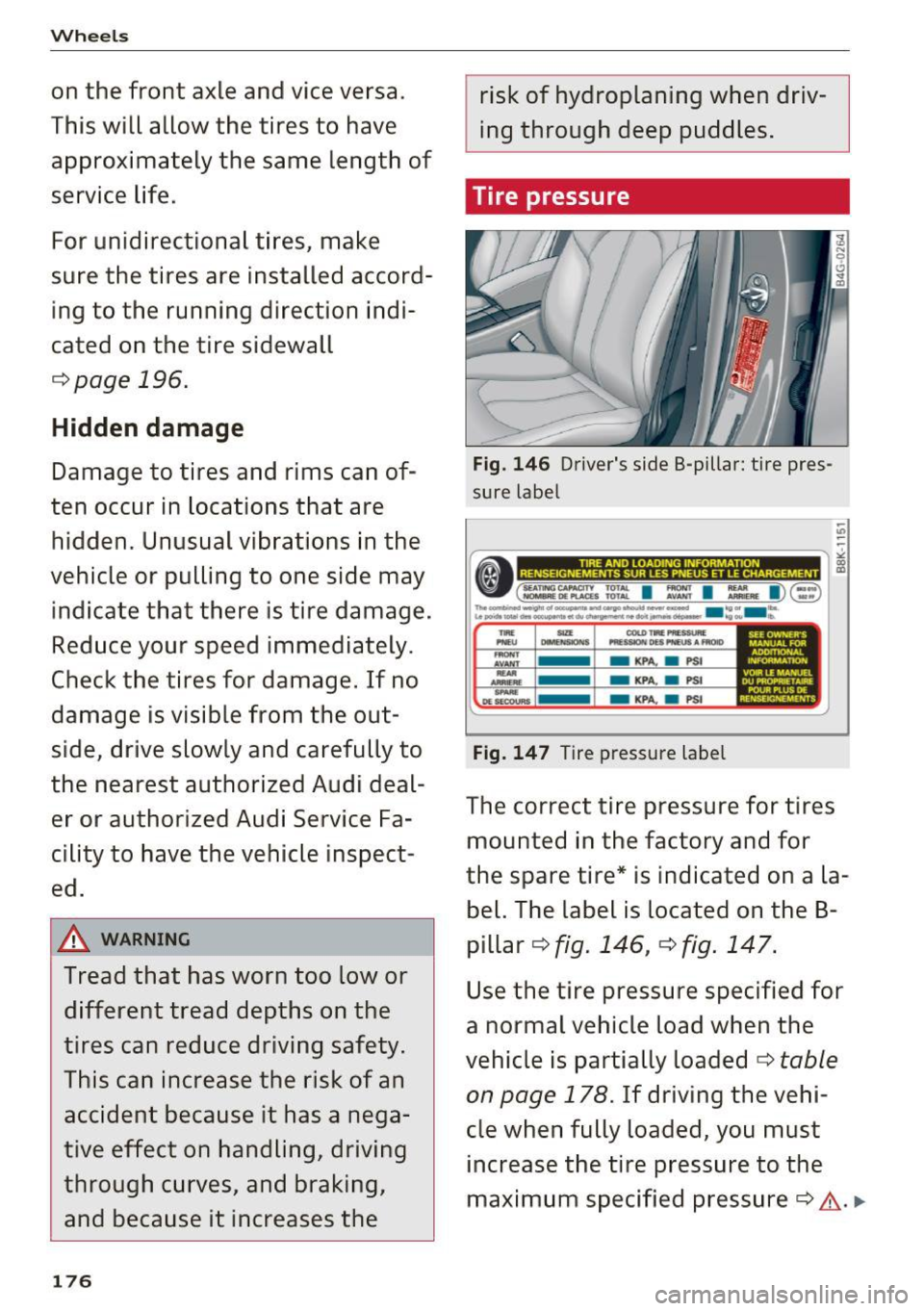
Wheels
on the front axle and vice versa.
This will allow the tires to have approximately the same length of
service life.
For unidirectional tires, make
sure the tires are installed accord ing to the running direction indi
cated on the tire sidewall
¢ page 196.
Hidden damage
Damage to tires and rims can of
ten occur in locations that are hidden. Unusual vibrations in the
vehicle or pulling to one side may indicate that there is tire damage.
Reduce your speed immediately.
Check the tires for damage. If no
damage is visible from the out
s ide, drive slowly and carefully to
the nearest authorized Aud i deal
er or authorized Audi Service Fa
cility to have the vehicle inspect
ed.
A WARNING
Tread that has worn too low or
different tread depths on the
t ires can reduce driving safety.
This can increase the risk of an
accident because it has a nega
t ive effect on handling, driving
through curves, and braking, and because it increases the
176
risk of hydroplaning when driv
ing through deep puddles.
Tire pressure
Fig. 146 Driver's side 8-pillar : tire pres
sure label
"'" '" AVANT
---
- KPA. a PSI
- KPA.
a PSI
- KPA.
a PSI
Fig. 147 Tire pressure label
The correct tire pressure for tires
mounted in the factory and for
the spare tire* is indicated on a la
bel. The label is located on the B
pillar ¢
fig. 146, ¢ fig. 147.
Use the tire pressure specified for
a normal vehicle load when the
vehicle is partially loaded¢
table
on page 178 .
If driving the vehi-
cle when fully loaded, you must
increase the tire pressure to the
maximum specified pressure¢.&. . .,.
Page 179 of 230

0 C0
-N
" N
-0
0
::, a)
Checking/correcting ti re pressure
.,,.Check the tire pressure at least
once per month and also check it
before every long drive.
.,,.A lways check the tire pressure
when the tires are
cold . Do not
reduce the pressure if it increas
es when the tires are warm .
.,,.Chec k the label ¢
fig. 147 for
the correct tire pressure based
on vehicle load .
.,,.Correct the tire pressure if nec
essary .
.,,.Ve hicles with Tire Pressure Mon
itoring System*: store the modi
fied tire pressure in the Infotain ment system ¢
page 184.
.,,.Check the pressure in the emer
gency tire*/spare tire*. Always
maintain the maximum temper
ature that is specified for the
tire.
.&_ WARNING
Always adapt the tire pressure
to your driving style and vehicle load.
Tire pressure table
Please note that the information
contained in the following table
was correct at the time of print-
Wheels
-Overload ing can lead to loss of
vehicle control and increase the risk of an accident. Read
and follow the important safe
ty precautions in ¢
page 178,
Tires and vehicle load limits.
-The tire must flex more if the
tire pressure is too low or if
the vehicle speed or load are
too high. This heats the tire up
too much. This increases the
risk of an accident because it
can cause the tire to burst and result in loss of vehicle con
trol.
-Incorrect tire pressure in
creases tire wear and has a
negative effect on driving and
braking behavior, which in
creases the risk of an accident.
(D Note
Replace lost valve caps to re
duce the risk of damage to the
tire valves.
@) For the sake of the environment
Tire pressure that is too low in
creases fuel consumption.
ing, and the information is sub
ject to change. If there are differ
ences between this information .,.
177
Page 180 of 230

Wheels
and the tire pressures specified
on the label on the driver's side B
pillar, always follow the specifica
tion on the B-pillar label
¢ page 176, fig. 146.
Make sure that the tire designa
tion on your tire matches the des-
Model/ Tire designation
Engine
ignation on the tire pressure label
and the tire pressure table.
The following table lists recom mended tire pressures in cold
tires according to the load and
the size of the tires installed.
Tire pressure
Normal load Maximum load
(up to 3 people)a)
front rear front rear
PSI
Q3: 235/50 Rl8 97H 32
2.0L
235/50 Rl8 97V 32
4 cylinders 255/40 Rl9 l00Y 33
255/35 R20 97Y 33
255/40 Rl9 l00H 33
a) 2 peop le in the front ; 1 perso n in the rear
.8, WARNING
Please note the important safe
ty precautions regarding tire
pressure ¢
page 176 and load
limits ¢
page 178.
Tires and vehicle load limits
There are limits to the amount of
load or weight that any vehicle
and any tire can carry. A vehicle
that is overloaded will not handle
well and is more difficult to stop.
Overloading can not only lead to
loss of vehicle control, but can al
so damage important parts of the
vehicle and can lead to sudden
178
kPA PSI kPA PSI kPA PSI kPA
220 32 220 33 230 36 250
220 3 2 22 0
33 230
36 250
230 33 230 44
300 46 320
230 33 230 44 300 4
6 320
230 33 230 44 300 46 320
tire failure, including a blowout
and sudden deflation that can
cause the vehicle to crash.
Your safety and that of your pas
sengers also depends on making
sure that load limits are not ex
ceeded. Vehicle load includes ev
erybody and everything in and on
the vehicle. These load limits are
technically referred to as the vehi
cle's
Gross Vehicle Weight Rat
ing
("GVWR").
The "GVWR" includes the weight
of the basic vehicle, all factory in
stalled accessories, a full tank of
11>
Page 181 of 230
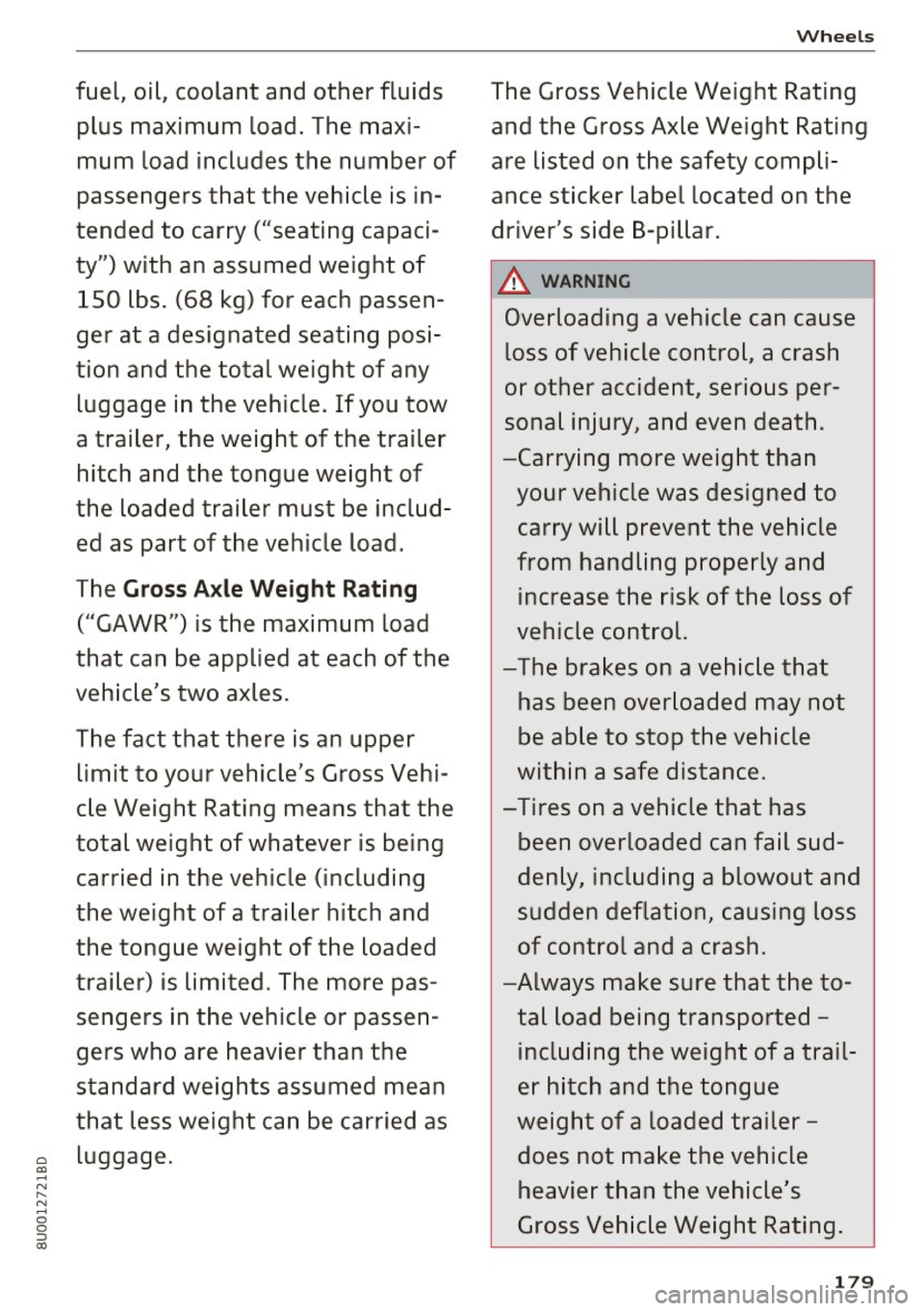
fuel, oil, coolant and other fluids plus maximum load. The maxi
mum load includes the number of
passengers that the vehicle is in
tended to carry ("seating capaci
ty") with an assumed weight of
1 50 lbs. (68 kg) for each passen
ger at a designated seating posi
tion and the total weight of any
luggage in the vehicle. If you tow
a trailer, the weight of the trailer
hitch and the tongue weight of
the loaded trailer must be includ
ed as part of the vehicle load.
The
Gr oss Axle Weight R ating
("GAWR") is the maximum load
that can be applied at each of the
veh icle's two axles.
The fact that there is an upper limit to your vehicle's Gross Vehi
cle Weight Rating means that the
total weight of whatever is being
carried in the vehicle (including
the weight of a trai ler hitch and
the tongue weight of the loaded
trailer) is limited. The more pas
sengers in the vehicle or passen
gers who are heavier than the
standard weights assumed mean
that less weight can be carried as
~ luggage.
-N
" N
-0
0
::, a)
Wheels
The Gross Vehicle Weight Rating and the Gross Axle Weight Rating
are listed on the safety compli
ance sticker label located on the
driver's side B-pillar.
_&. WA RNIN G
Overloading a vehicle can cause
loss of vehicle control, a crash
or other accident, serious per
sonal injury, and even death.
- Carrying more weight than
your vehicle was designed to carry will prevent the vehicle
from handling properly and increase the risk of the loss of
vehicle control.
-The brakes on a vehicle that
has been overloaded may not
be able to stop the vehicle
within a safe distance.
- Tires on a vehicle that has
been overloaded can fail sud
denly, including a blowout and
sudden deflation, causing loss
of control and a crash.
- Always make sure that the to
tal load being transported -
including the weight of a trail
er hitch and the tongue
weight of a loaded trailer -
does not make the vehicle heavier than the vehicle's
Gross Veh icle Weight Rating .
179
Page 182 of 230
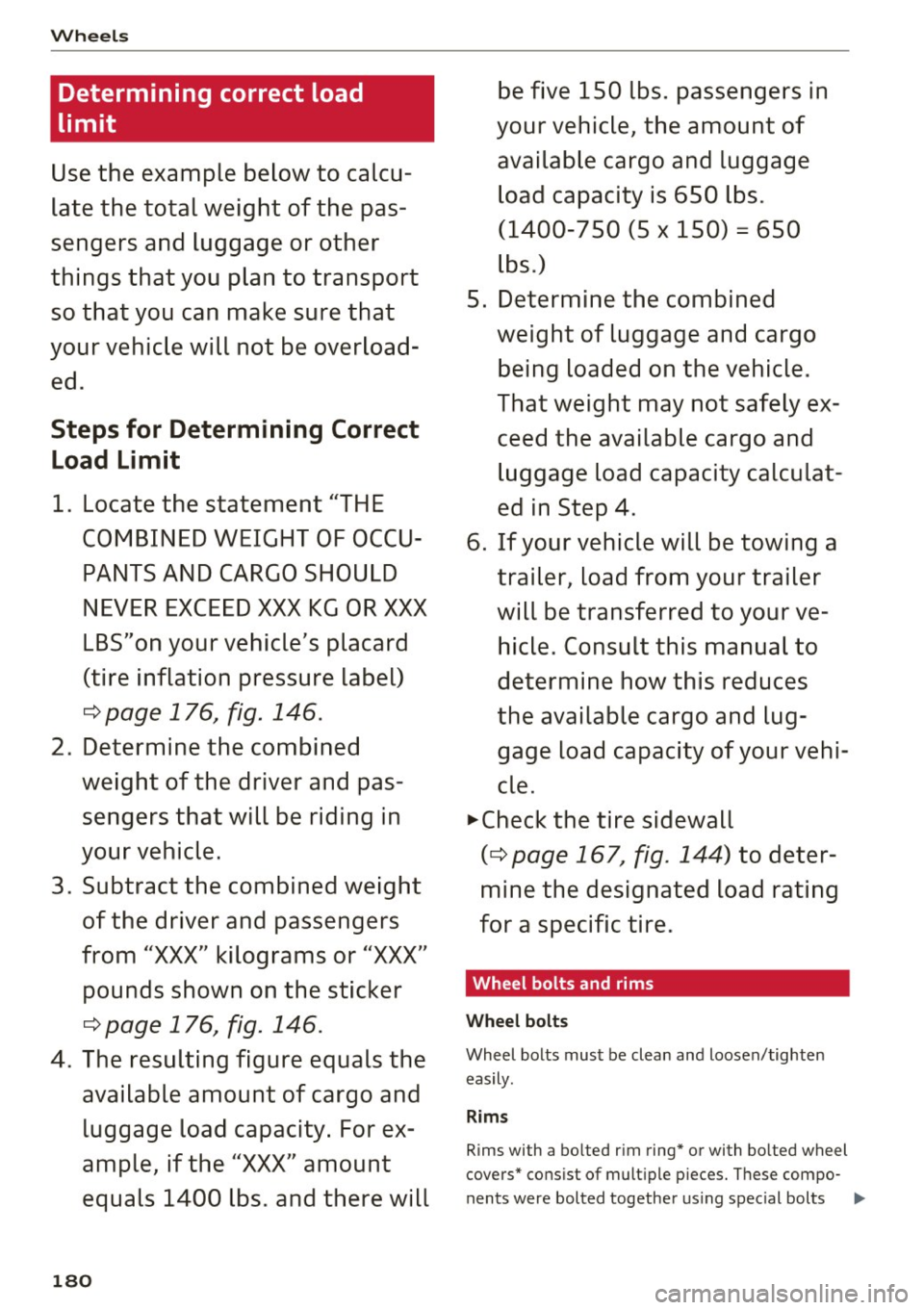
Wheels
Determining correct load
limit
Use the example below to calcu
late the total weight of the pas
sengers and luggage or other
things that you plan to transport so that you can make sure that
your vehicle will not be overload ed .
Steps for Determining Correct
Load Limit
1 . Locate the statement "THE
COMBINED WEIGHT OF OCCU PANTS AND CARGO SHOULD
NEVER EXCEED XXX KG OR XXX
LBS"on your vehicle 's placard
(tire inflation pre ssure label)
c:::> page 176, fig. 146.
2. Determine the combined
weight of the driver and pas
sengers that will be riding in
your vehicle.
3 . Subtra ct the combined weight
of the driver and passengers
from
"XXX" kilograms or " XXX"
pounds shown on the sticker
c:::> page 176 , fig. 146 .
4. The re sulting figure equals the
available amount of cargo and luggage load capacity. For ex
ample, if the
"XXX" amount
equals 1400 lbs. and there will
180
be five 150 lbs. passengers in
your vehicle, the amount of available cargo and luggage load capacity is 650 lb s.
(1400-750 (5 X 150) = 650
lb s.)
5. Determine the combined weight of luggage and cargo
being loaded on the vehicle.
That weight may not safely ex
ceed the available cargo and luggage load capacity calculat
ed in Step 4 .
6. If your vehicle will be towing a trailer, load from your trailer
will be transferred to your ve
hicle. Con sult this manual to
determine how this reduces
the available cargo and lug gage load capacity of your vehi
cle .
~check the tire sidewall
(c:::> page 167, fig. 144) to deter
mine the designated load rating
for a specific tire.
· Wheel bolts and rims
Wheel bolts
W heel bolts mus t be clean and loose n/tighten
eas ily.
Rims
R ims with a bo lted r im ring * or with bo lted wheel
covers" co nsist of mult ip le p ieces . T h ese compo-
n ents were bolted togethe r usin g s pec ial bolts ..,.
Page 183 of 230

0 co ......
"' ,....
"' ...... 0 0 :::,
00
and a special procedure. You must not repair or
disassemble them ¢.&. .
A WARNING
Wheel bolts that are tightened or repaired in
correctly can become loose and result in loss
of vehicle control, which increases the risk of
an acc ident. For the correct tightening specifi
cation, see ¢
page 192, After changing a
wheel .
- Always keep the wheel bolts and the
threads in the wheel hub clean and free of grease.
- Only use wheel bo lts that fit the rim .
- Always have damaged r ims repa ired by an
authorized Audi dealer o r autho rized Aud i
Service Facility . Never repair or d isassemble
r ims yourself, because this inc reases the risk
of an accident.
Winter tires
W inte r ti res s ignificantly improve the vehicle's
h andling when driving in win ter condit ions . Be
cause of the ir constr uction (width, compound,
tread pattern), summer tires provide less trac
tion on ice and snow .
... Use w inter t ires on all fo ur wheels .
... Only use winter t ires that are approve d for your
v ehicl e.
... Please note that the maximum permitted
speed may be lower with winter tires¢.&.
in
General information on page 166.
An au thor
ized Audi dealer or author ized Audi Service Fa
c ili ty can inform you about the maximum per
mit ted speed for you r tir es .
... Check the tire press ure after installing w heels
¢ page 176.
The effec tiveness of winter tires is reduced great
l y when the t read is worn down to a depth of
0 .1 57 in ( 4 mm). The char acter istics of win ter
tires a lso dec rease great ly as t he tire ages, re
gardless of the remaining tread .
@) For the sake of the environment
Reinstall s umme r ti res at the a ppro pria te
t ime, bec ause they provide bet ter hand ling
Wh eel s
when roa ds a re free o f snow and ice . Summer
tires cause less road noise, tire wear and fue l
consumpt ion .
(D Tips
You can also use a ll season tires instead of
winter tires . Please note that in some coun
tries where winter tires are required , on ly
winter tires w it h the
& symbo l may be per
mitted.
Snow chains
S now cha ins not only improve the drivi ng in win
te r road condit ions, but also the braking .
... On ly ins tall snow chains on the front wheels.
T his applies a lso to vehicles with a ll wheel
drive*.
... Check and correct the seating of the snow
chai ns after d riving a few feet, if necessary. Fol
low the instr uctions from the manufac turer.
... Note the maximum permitted spee d when dr iv
ing with snow chains . Do not exceed 30 mph
(SO km/h).
U se fine-me sh snow chains . They must no t add
more than 0.53 inch (13. S mm) in height, incl ud
ing t he chain lock .
You m ust remove the snow chains on roads with
o ut snow . O therwise, you co uld impair d riving
abili ty and damage the t ires .
Use of snow c hains is only permitted with certa in
r im/tire comb inat io ns due to technical reasons .
C heck wi th an au thorized Audi dea ler or author
ized Audi Service Facility to see if you may use
snow chains .
A WARNING
Using incor rect snow chains or installing snow
cha ins incor rect ly can resu lt in loss of veh icle
control, which increases the risk of an acci·
dent.
(D Note
Snow cha ins can damage the rims/whee l cov-
ers * if the chains come into direct contact
liJJ,
181
Page 184 of 230

Wheels
with them. Remove the wheel covers" first.
Use coated snow chains.
Low-profile tires
App lies to: veh icles with low-profile tires
Your vehicle is equipped with low-profile tires* at
t he factory . Compared to other tire/rim combina
ti ons, low-profile tires offer a wider tread sur face
and a larger rim diameter with shorter tire side
walls . This results in an agile driving style . How
ever, it may reduce the level of comfort and in
crease road noise when dr iv ing on roads in poor
condition .
Low-profile tires can become damaged more
qu ickly than standard t ires when driving over
large b umps, potholes, manhole covers, speed
bumps and curbs. Therefore, it is part icu lar ly im
portant to maintain the cor rect tire pressure
¢page 176.
To reduce the r isk of damage to the tires and
rims, drive very carefully on poor roads.
Check your wheels regularly every 2,000 mi (3 ,000 km) for damage. For example , check for
bu lges/cracks on the tir es or deformations/
cracks on the r ims.
After a heavy impact or damage, have the tires
and rims inspected or replaced immediate ly by
an author ized Audi dealer or author ized A udi
Serv ice Facility .
Low-profile tires can wear out faster than stand
ard tires.
Summer tires are not suitable for cold weather,
snow or black ice . If you are driving in these con
d itions, use winter or all season t ires
¢ page 181.
Uniform tire quality grading
-Tread wear
- T raction AA A B C
- Temperature ABC
Qua lity grades can be found where applicab le on
the tire side wall between tre ad shoulder and
maximum section width
¢ page 16 7, fig . 144 .
182
For example: Tread wear 200 , Traction AA, Tem
perature
A .
All passenger car tir es must conform to Federal
Safety Requirements in addit ion to these grades .
Tread wear
The tread wear grade is a comparative rating
based on the wear rate of the tire when tested
under controlled conditions on a specified gov
ernment test course.
For example, a tire graded 150 would wear one
and one half (1 1/2) times as well on the govern
ment course as a tir e graded 100 .
T he relative performance of tires depends upon
the actual cond itions of their use, however, and
may depart sign ificantly from the norm due to
variations in driv ing habits, service practices and
differences in road characteristics and climate.
Traction
The traction grades , from highest to lowest, are
AA , A, Band
C. Those grades represent the tire's
ability to stop on wet pavement as measured un
der controlled conditions on specified govern
ment test surfaces of asphalt and concrete. A tire
marked C may have poor traction performance
¢_& .
Temperature
The temperature grades are A (the highest), B,
and C , representing the tire's resistance to the
generat ion of heat and its ability to dissipate
heat when tested under controlled conditions on
a spec ified indoor laboratory test wheel.
Sustained high temperature can cause the mate
rial of the tire to degenerate and reduce tire life ,
and excessive temperature can lead to sudden
tire failure ¢.& .
The grade C corresponds to a level of perform
ance which all passenger car tires must meet un
der the Federal Motor Vehicle Safety Standard
No. 109. Grades Band A represent higher levels
of performance on the laboratory test wheel than
the minimum required by law .
ll>
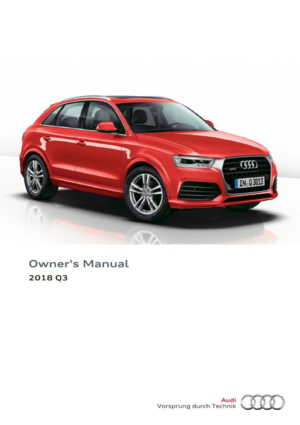 1
1 2
2 3
3 4
4 5
5 6
6 7
7 8
8 9
9 10
10 11
11 12
12 13
13 14
14 15
15 16
16 17
17 18
18 19
19 20
20 21
21 22
22 23
23 24
24 25
25 26
26 27
27 28
28 29
29 30
30 31
31 32
32 33
33 34
34 35
35 36
36 37
37 38
38 39
39 40
40 41
41 42
42 43
43 44
44 45
45 46
46 47
47 48
48 49
49 50
50 51
51 52
52 53
53 54
54 55
55 56
56 57
57 58
58 59
59 60
60 61
61 62
62 63
63 64
64 65
65 66
66 67
67 68
68 69
69 70
70 71
71 72
72 73
73 74
74 75
75 76
76 77
77 78
78 79
79 80
80 81
81 82
82 83
83 84
84 85
85 86
86 87
87 88
88 89
89 90
90 91
91 92
92 93
93 94
94 95
95 96
96 97
97 98
98 99
99 100
100 101
101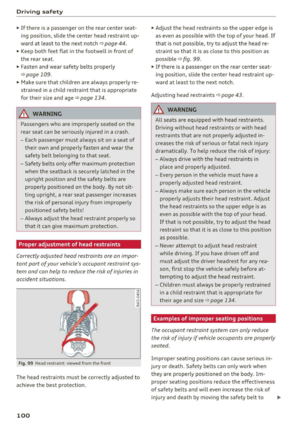 102
102 103
103 104
104 105
105 106
106 107
107 108
108 109
109 110
110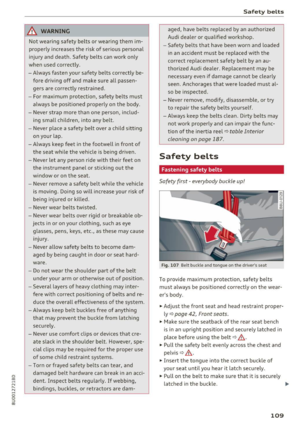 111
111 112
112 113
113 114
114 115
115 116
116 117
117 118
118 119
119 120
120 121
121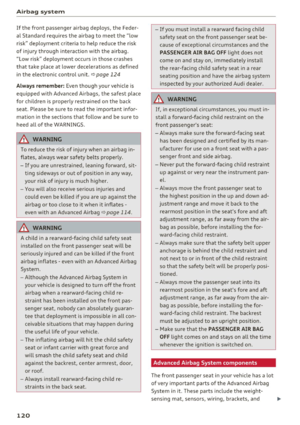 122
122 123
123 124
124 125
125 126
126 127
127 128
128 129
129 130
130 131
131 132
132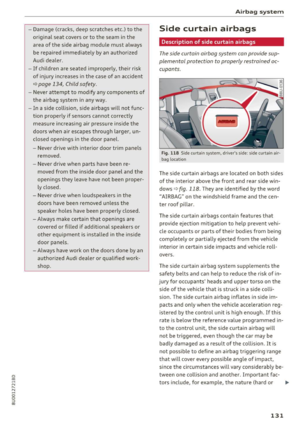 133
133 134
134 135
135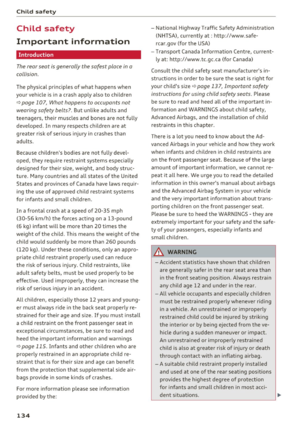 136
136 137
137 138
138 139
139 140
140 141
141 142
142 143
143 144
144 145
145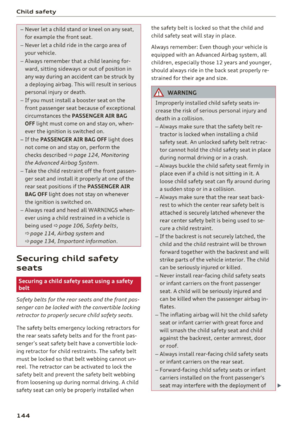 146
146 147
147 148
148 149
149 150
150 151
151 152
152 153
153 154
154 155
155 156
156 157
157 158
158 159
159 160
160 161
161 162
162 163
163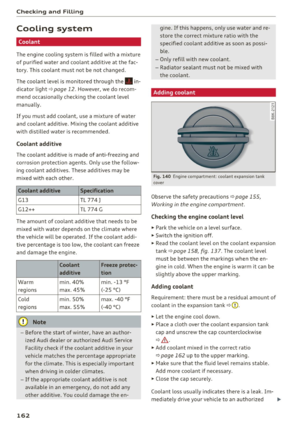 164
164 165
165 166
166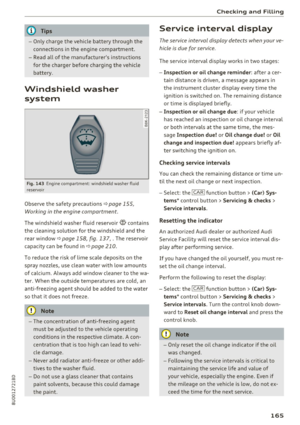 167
167 168
168 169
169 170
170 171
171 172
172 173
173 174
174 175
175 176
176 177
177 178
178 179
179 180
180 181
181 182
182 183
183 184
184 185
185 186
186 187
187 188
188 189
189 190
190 191
191 192
192 193
193 194
194 195
195 196
196 197
197 198
198 199
199 200
200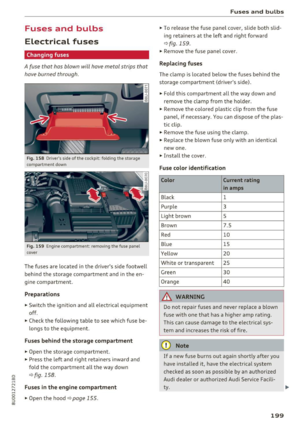 201
201 202
202 203
203 204
204 205
205 206
206 207
207 208
208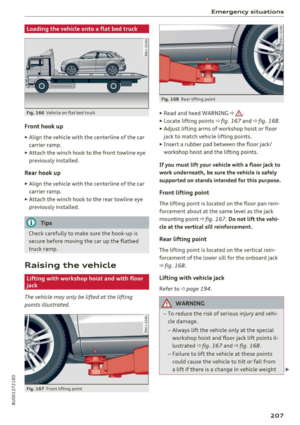 209
209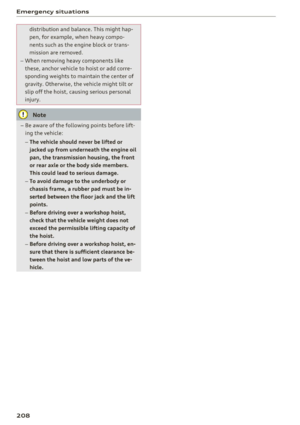 210
210 211
211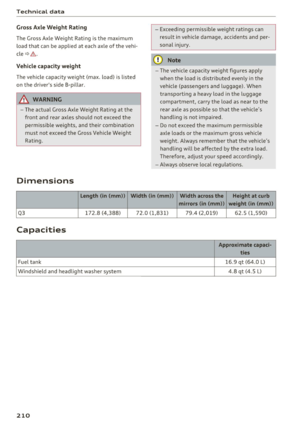 212
212 213
213 214
214 215
215 216
216 217
217 218
218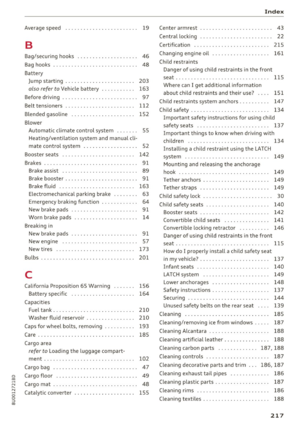 219
219 220
220 221
221 222
222 223
223 224
224 225
225 226
226 227
227 228
228 229
229






